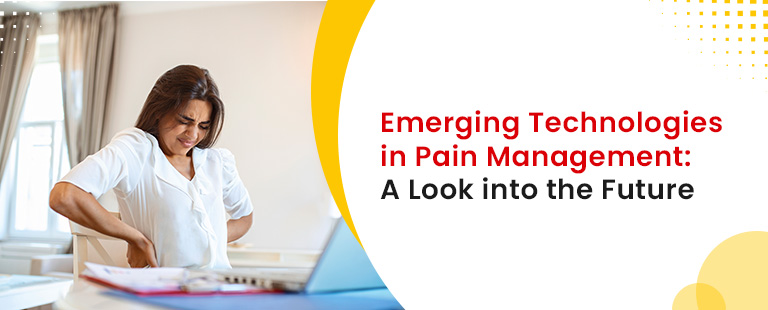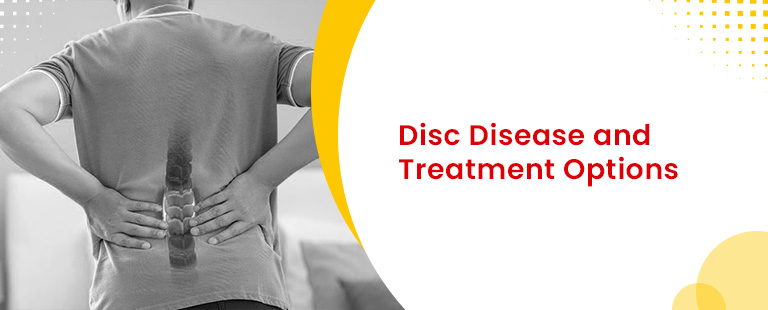Introduction:
As technology advances, so does our capacity to alleviate and manage pain efficiently. New and improved methods not only make patients more comfortable but also boost the overall quality of medical care they get.
As technology gets better, we’re finding more ways to help people deal with pain. The minimally invasive procedures and customizing of treatment plans for managing pain are all examples of how we deal with pain in the modern era.
Let’s discuss some of the cutting-edge technologies that are changing how we manage pain, giving new hope to individuals suffering from chronic or acute pain issues.
Wearable Devices and Biofeedback:
One of the most promising developments in pain management is the integration of wearable devices and biofeedback mechanisms. Wearable technologies, such as smartwatches and biosensors, use biosensors and artificial intelligence to monitor various physiological parameters.
These devices not only track our physical activity but also collect real-time information about vital signs, stress levels, and sleep patterns. With this info, biofeedback mechanisms teach us how our bodies react, helping us manage pain better. This approach enhances awareness and facilitates a personalized approach to pain management.
Virtual Reality (VR) Therapy:
Virtual Reality therapy has emerged as a ground-breaking tool in pain management. It works by immersing you into computer-made worlds, diverting your attention from pain and providing a rich sensory experience. This diversion not only helps to make the pain feel less intense, but it also has positive effects on your mental well-being.
VR therapy isn’t just about taking your mind off pain; it can be customized for certain health conditions like chronic pain, post-surgery recovery, or rehabilitation. This means it provides targeted assistance for different medical situations. And the best part? You don’t need any pills or invasive procedures – it’s all about using virtual reality to make the usual pain management methods even better.
Neuromodulation Techniques:
Neuromodulation is a field that includes methods directly changing nerve activity, and it has made significant progress. Techniques like spinal cord stimulation, transcranial magnetic stimulation, and peripheral nerve stimulation hold promise for managing pain. These methods use electrical or magnetic impulses to adjust nerve activity, breaking up pain signals and bringing relief.
As technology improves, these approaches become more precise and adaptable, creating new possibilities for treating different types of pain without relying heavily on medicines.
Artificial Intelligence (AI) in Pain Prediction and Personalized Treatment:
Artificial Intelligence (AI) is changing how we manage pain by predicting and personalizing treatment. Using smart algorithms, AI looks at big sets of data, finding patterns and foreseeing when pain might happen based on personal health records, lifestyle, and genetics. This foresight helps doctors take action early, lessening the impact of pain on people’s lives.
Also, AI can customize treatment plans by considering how each person responds to different therapies, making pain management strategies work better. As AI keeps getting better, its role in predicting pain and planning personalized treatments is becoming really important.
Conclusion:
In summary, the future of pain management is closely connected to the continuous progress of technology. Cool gadgets like wearable devices, virtual reality therapy, neuromodulation techniques, and artificial intelligence are changing the way we deal with pain. It’s like we’re discovering new and clever ways to make pain less of a hassle.
With these advancements, we’re getting closer to a more effective, personalized, and caring approach to managing pain. The combination of medical knowledge and technological innovation offers a future with less pain, bringing hope for relief and an improved quality of life for many people.




